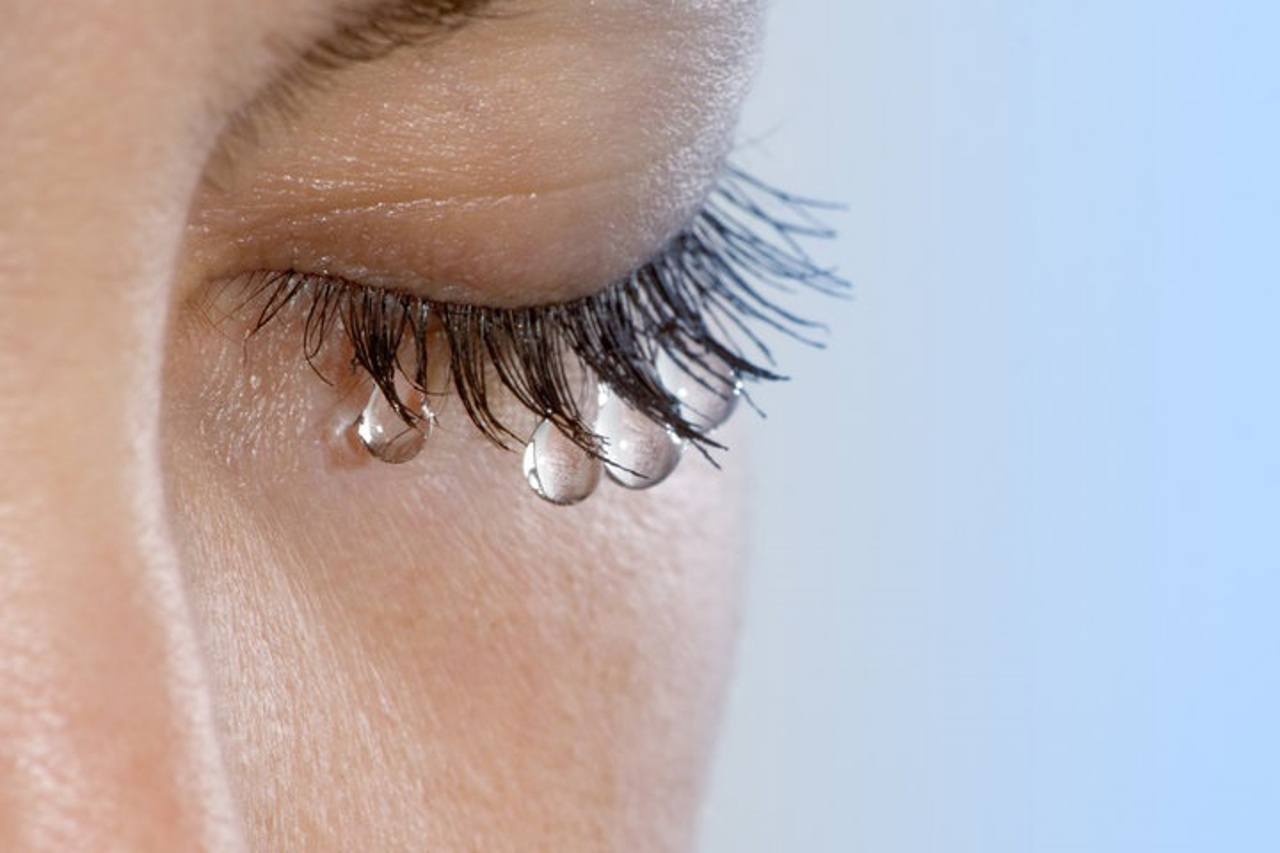The importance of tears for eye health
They appear when we are extremely emotional, some try to hide them, and others don't have them at all. Pavel Cepraga tells you more about tears and their importance for eye health.

If you thought there was only one kind of tears, you were wrong. According to medical specialists there are at least three distinct types of tears that differ in composition and have individual roles.
The first category of tears includes emotional tears. These occur when we are either very sad or, on the contrary, happy. There are also basal tears, they cushion the eye, supply the tissue with nutrients and remove debris.
"Basal tears have a lot of salt ions and other electrolytes, as well as proteins with antimicrobial properties," notes Daniela Oehring, associate professor of optometry at the University of Plymouth in the UK.
The third category of tears are reflex tears, which are produced in response to irritants such as smoke or chemicals released when you cut an onion.
Reflex tears have a higher concentration of water and contain less lipid and protein than basal tears, and emotional tears contain more hormones when we cry.
According to doctors humans secrete about 1-4 microlitres of tears per minute, and these help protect the eyes and nourish them. There are diseases that cause people to have no tears or too few, for example Sjögren's syndrome, an autoimmune disease, but usually smoking, blinking too seldom or staring at the computer screen are the most common causes of eye dryness and trauma respectively.
Don't forget to blink, and if you have eye problems, see an ophthalmologist.






